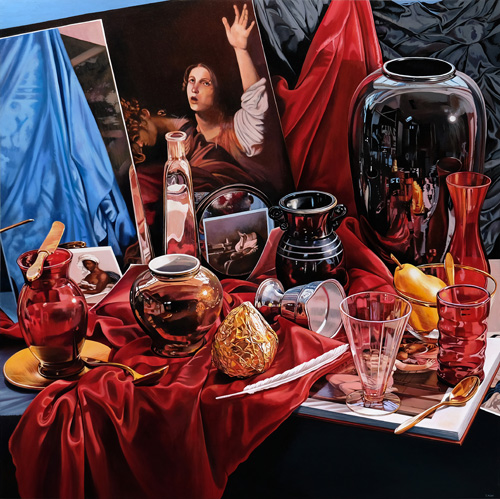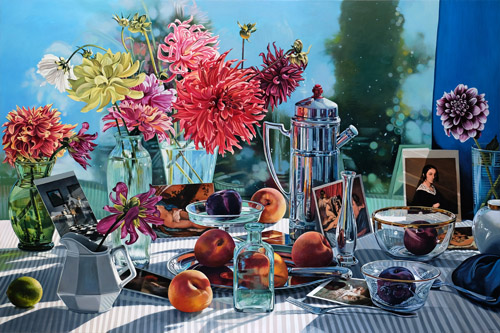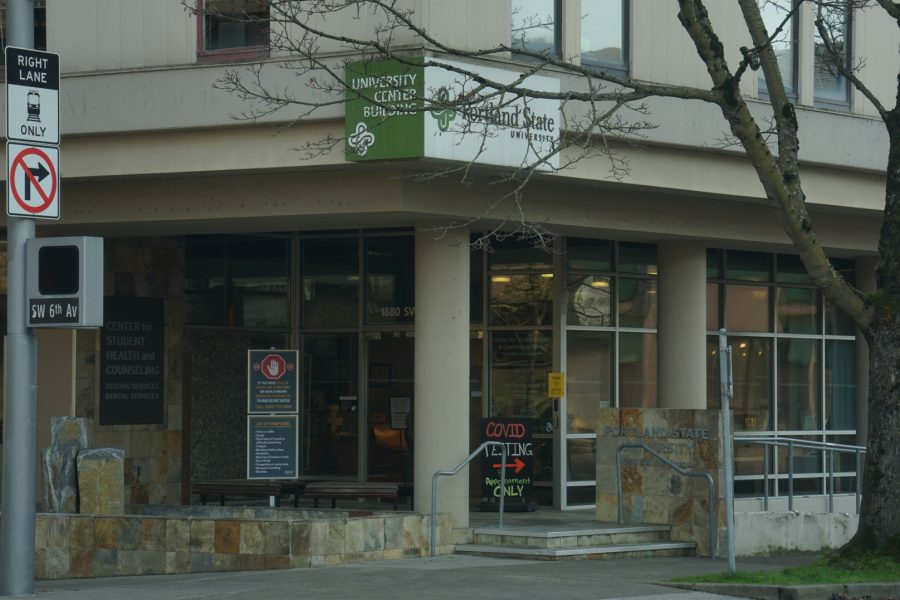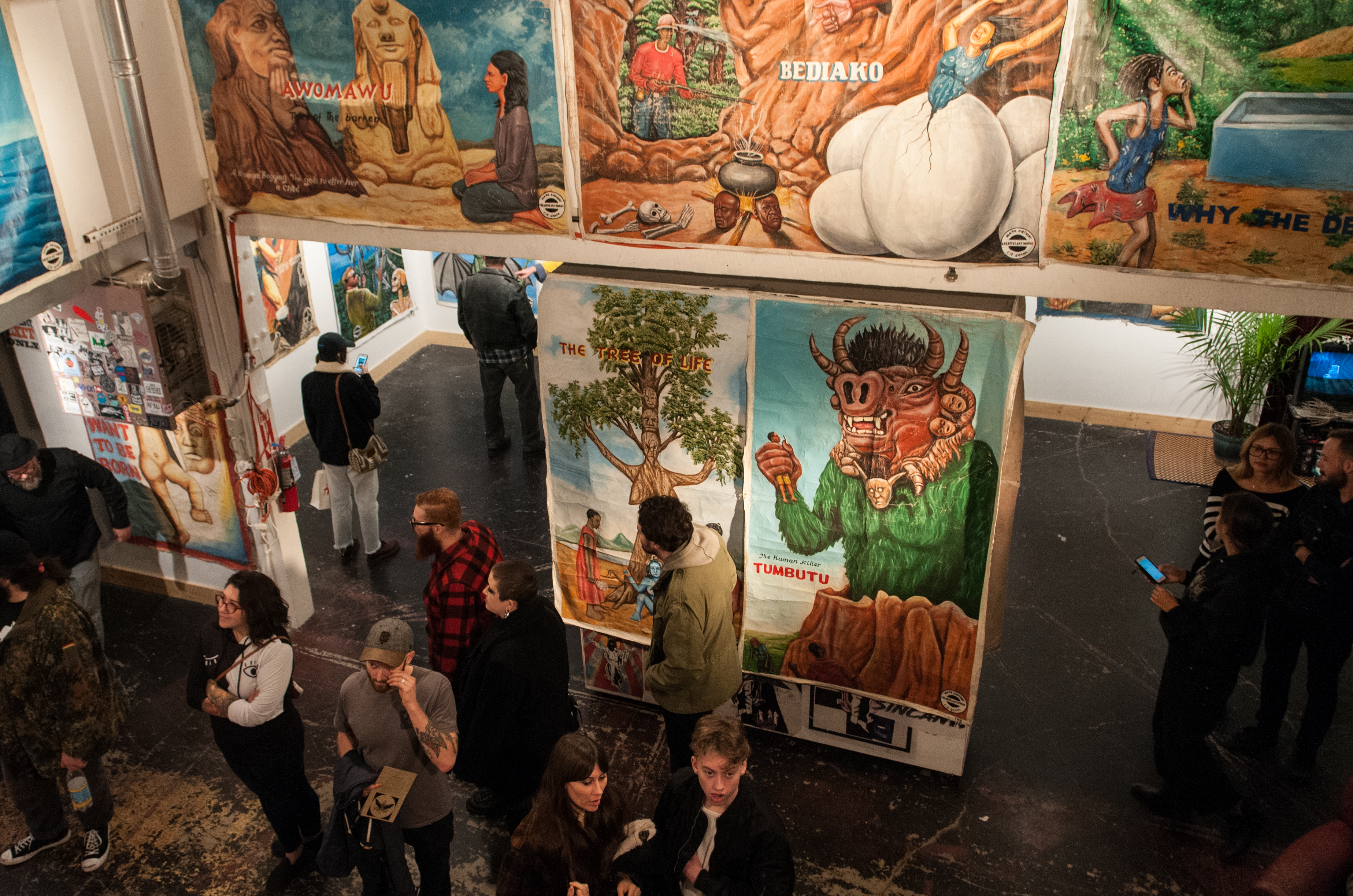It doesn’t take much more than a glance to see the careful intention behind the arrangement of objects in Sherrie Wolf’s still life paintings. Many of the scenes are busy, packed from one edge to the other with an eclectic assembly of objects—but even in her fullest compositions, a thoughtful order of composition is clearly visible in every inch of the scene. The objects portrayed might be motionless, but the scenes are anything but still.
“I try to make them very active and rhythmic, and move the viewer through them,” Wolf said. “It’s a fun challenge.”
To Wolf, the arrangement of objects is not unlike being the director of a play—the ability to tinker with meaning and construction through the medium of still life is part of what draws Wolf to the genre, and one of the reasons she has practiced it for the last 50 years.
Wolf entered the Pacific Northwest art scene in the 1970s as a student at the Pacific Northwest College of Art (PNCA), at a time when Portland’s community of artists was populated by a lively collection of pioneering figures, including Louis Bunce, Sally Haley and George Johansen. To Wolf, they were living, breathing examples of what being an artist could be.
“I think they just showed me that being an artist for your life career is interesting,” she explained. “People weren’t stuck in jobs they didn’t like, they were doing work they loved.”
After graduating from PNCA in 1974, she studied printmaking in London at the Chelsea College of Art.
When she returned to the United States, she dove into still lifes, incorporating not just the traditional subjects of the genre such as bowls of fruit and flowers, but also references to art history, odd antiques and near fully-reproduced pieces of work from other major artists.
Her paintings skirt the line of photorealism, portraying their subject matter as extremely lifelike, but still stylized enough to call attention to their status as paint strokes on a canvas. Besides references to art history, Wolf has a fondness for tulips, a favorite subject matter of the 17th-century Dutch artists whose work she draws from.
“I’ve just always loved tulips for their simplicity, and their elegance,” Wolf said. “And there is that tradition of Dutch still life.”
For Wolf, much of a potential subject matter’s appeal lies in its form and appearance. Overlooked produce such as common cabbages, onions and eggplants find a new life in the same rich style as her most colorful tulips, and seem to be given a similar artistic weight.
“They’re all natural beauties,” she explained. “The colors—particularly red onions—what gets better than that?”
Many of the other objects in Wolf’s paintings find their way into the frame serendipitously.
“This was [from] a friend of mine,” Wolf said, pointing at a painting that featured a collection of antique metal serveware arranged in a scene with dozens of other objects. “She goes into any thrift store, and goes immediately for the best thing…she just finds beautiful things, and she goes, ‘oh here, you have to paint this.’”
Regardless of whether they were found, sought out or suggested, each object in the paintings is carefully arranged into their final positions before being rendered into paint.
“I take days and days and days…it takes a lot of time to see all the things that are going on there,” Wolf said.
In the final paintings, no object stands alone—each one is engaged with the other items in its immediate vicinity, as plays of light, reflection and arrangement alter the composition. No detail is left unpainted, and even the miniature convex reflections of other objects can be seen in the polished metal surfaces of some of the items. The objects are also subtly positioned to guide the viewer’s eyes through the work, leading them from one thing to the next.
“I look for the electricity between things,” Wolf said. “I don’t always know why… but you know it when you see it. It gets more interesting… you have to play with that and see where it goes.”
In some of the paintings, the placement of the subjects is incredibly strategic, such as a series of pieces that puts vases of tulips in front of framed renditions of classic European paintings. The still life in the foreground acts as a cleverly-placed hook to draw people in and force them to look at the work of art in the background more closely—even if the subject matter is disturbing.
“What I think it does is it forces them to look at it,” she explained. “It calls them in, and I think that’s great. I can force people to want to look at this, and not necessarily be mortified, just look at it.”
This attitude of thoughtful observation appears to permeate her portrayals of all the objects she paints, regardless of the content or background. As diverse and far-flung as Wolf’s subject matter is, what she chooses to paint comes down to whatever fascinates her most.
“You do what you’re interested in,” Wolf explained. “And if other people are interested in it too, then that’s great.”







